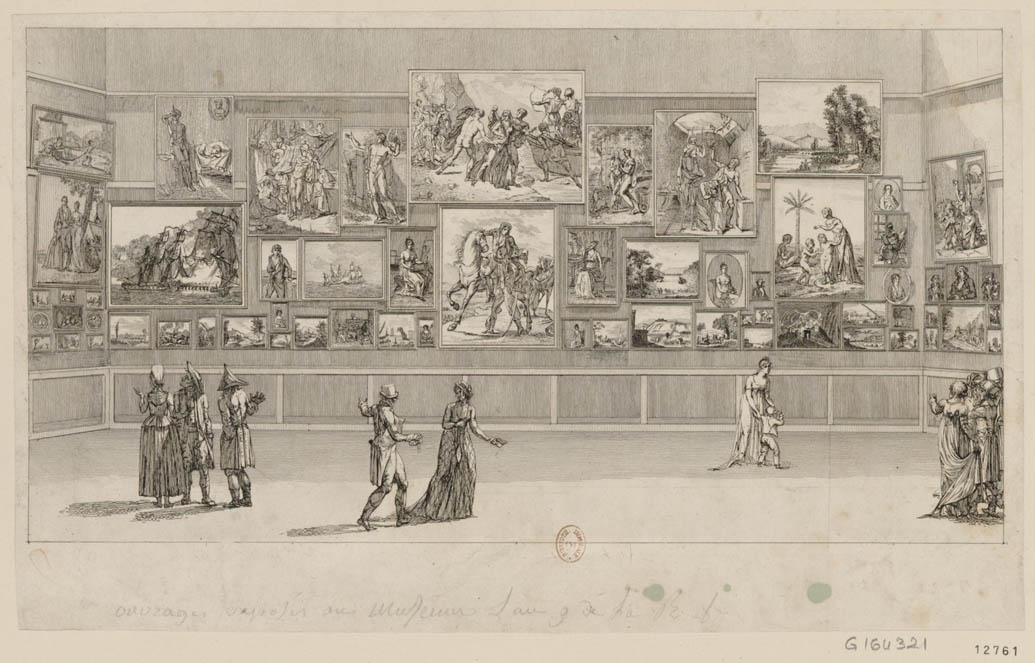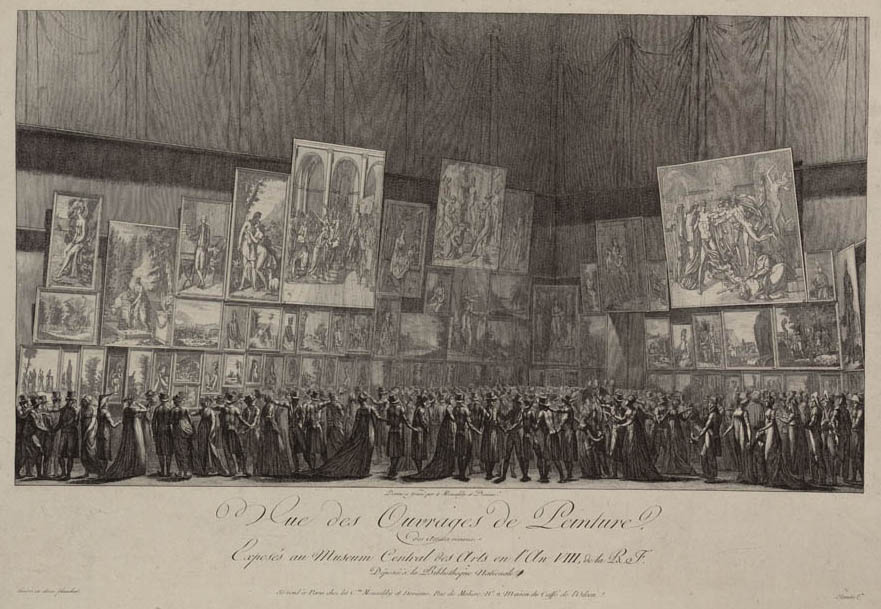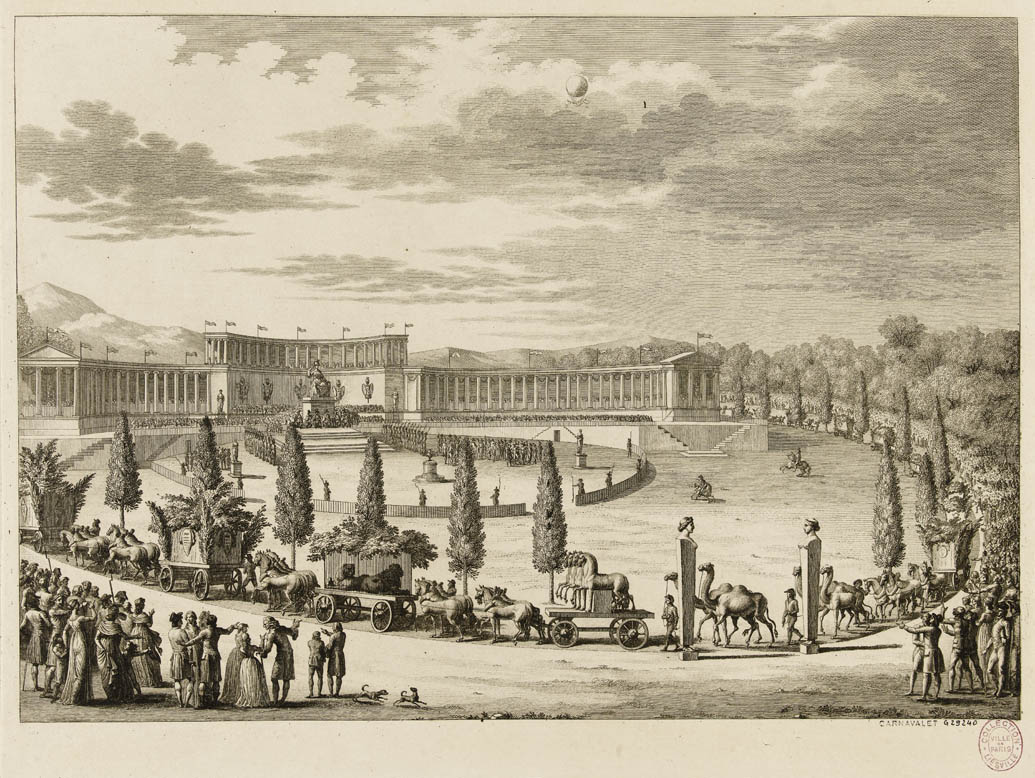From the Palace of the Kings to the National Museum (the Louvre Museum)
Abandoned by kings since the departure of Louis XIV for Versailles in 1682, the Louvre received several proposals in order to change it into a museum in the second half of the 18th century. On August 10, 1793, the revolutionaries succeeded in carrying out this project. Their objective was to democratize art, improve the conservation of artworks as well as provide access to the nation’s great collections: inaugurated on August 10, 1793 during the grand Festival of Union, the Central Museum of Art was opened during the week to artists who wanted to study here. On Sundays, it was open to the public.
Location
ItineraryPlace du Carrousel
Suggestion
The Louvre and the Tuileries neighborhood
At the Louvre, in the Home of Bailly, the First Mayor of Paris
To find out more…
Henri Reboul, a Revolutionary at the service of the Nation’s heritage
During the Revolution and, especially in 1793 and 1794, many artworks created to glorify God or the absolute monarchy were damaged or destroyed. This prompted some people to save and exhibit the objects with artistic value and represented the birth of a national heritage. The deputy Henri Reboul thus voted for the conservation of royal objects and furniture that had escaped destruction during the storming of the Tuileries, on August 10, 1792. He also helped make sure that all the artworks seized from those who fled the Revolution as well as from churches were preciously conserved. The Great Gallery of the Louvre was chosen as the location for their storage: it was the beginning of what would be, in 1793, the Central Museum of Art.
France, the world capital of art?
The creation of the Central Museum of Art, today the Louvre Museum, reveals one of the revolutionaries’ ambitions: turn Paris into the world capital of art. Like Rome during Antiquity, Paris would be the city where all great artworks from the Western world would be located. For it was only in the French Republic where works could be protected from the lust of the powerful: backed with this belief, French revolutionaries felt they had the right to confiscate interesting artworks from counter-revolutionaries, churches or even conquered or “liberated” countries.







